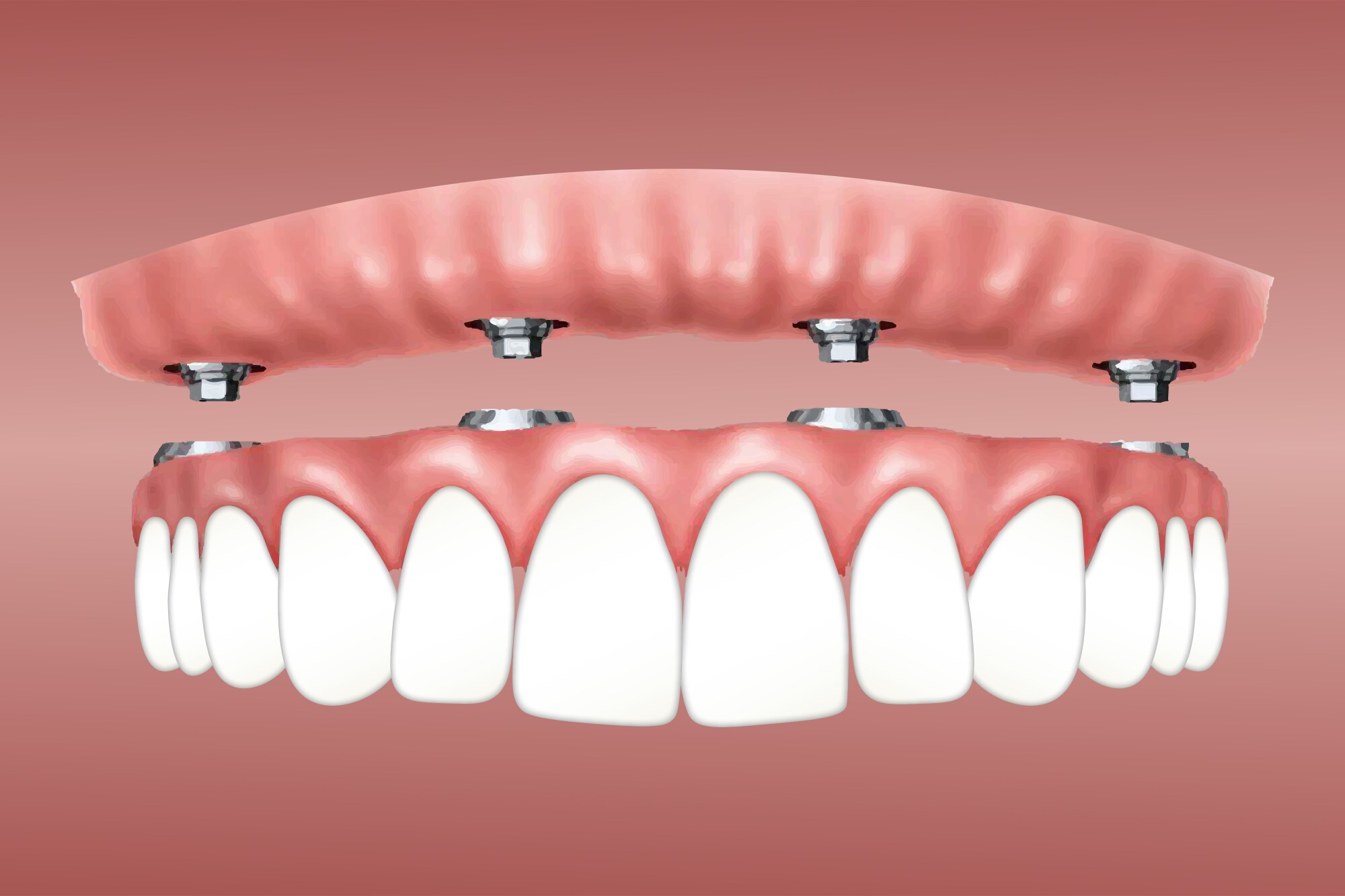Some Known Details About Dental Sense
Some Known Details About Dental Sense
Blog Article
All about Dental Sense
Table of ContentsThe Ultimate Guide To Dental SenseThe Basic Principles Of Dental Sense The Basic Principles Of Dental Sense What Does Dental Sense Do?
are clinical devices operatively dental implanted right into the jaw to restore an individual's ability to eat or their look. They provide assistance for fabricated (fake) teeth, such as crowns, bridges, or dentures. When a tooth is lost due to injury or disease, an individual can experience difficulties such as rapid bone loss, malfunctioning speech, or modifications to eating patterns that lead to pain.Oral implant systems are composed of an oral implant body and dental implant abutment and may also consist of an abutment fixation screw. Root canal procedure. The oral implant body is operatively placed in the jawbone instead of the tooth's root. The oral implant joint is generally connected to the implant body by the joint addiction screw and extends via gum tissues into the mouth to support the attached artificial teeth
(https://www.ted.com/profiles/48604569/about)Structure of The Dental Implant System picking oral implants, talk to your dental supplier concerning the possible benefits and threats, and whether you are a prospect for the procedure. Points to think about: Your overall health and wellness is a crucial consider determining whether you are a good candidate for dental implants, for how long it will require to heal, and the length of time the implant might stay in area.
Smoking cigarettes may affect the recovery process and decrease the lasting success of the implant. The recovery process for the implant body might take a number of months or longer, during which time you generally have a short-term abutment instead of the tooth. the oral implant treatment: Carefully adhere to the dental hygiene guidelines offered to you by your oral copyright.
The 5-Second Trick For Dental Sense
Implant failure can result in the requirement for another operation to take care of or replace the dental implant system. Recovers the ability to eat Brings back aesthetic appearance Assists keep the jawbone from shrinking due to bone loss Protects the health and wellness of the surrounding bone and gum tissues Assists maintain surrounding (nearby) teeth steady Boosts quality of life Damage to bordering all-natural teeth during implant placement Injury to the surrounding cells throughout surgical treatment, such as sinus perforation Injury during surgical treatment (for instance, crack of bordering jawbone) Poor feature, such as seeming like the teeth do not bite with each other generally A feeling that the tooth is loosened or turning in area arising from a joint screw loosening Implant body failing (looseness of the implant body) due to systemic infection, which may be most likely in individuals with unchecked diabetics issues because of regional infection in bone and periodontals supporting the implant body as a result of delayed recovery, which may be more probable in clients that smoke Problem cleansing the gum tissues around the implant, resulting in poor oral hygiene Untreated gum condition Post-surgical tingling because of nerve impingement or damage Always notify healthcare suppliers and imaging technicians that you have oral implants before any type of magnetic resonance imaging (MRI) or x-ray procedures.
FDA is not aware of any type of unfavorable events reported for MRI or x-ray treatments with dental implants. Oral implants systems are typically made from materials that follow international agreement requirements of the International Company for Standardization (ISO) or ASTM International. These standards have details of what makes a secure product.

An oral implant is a framework that changes a missing tooth. With screw-like gadgets, the doctor inserts an implant into the jawbone, and it acts as an anchor for a synthetic tooth, called a crown.
The Buzz on Dental Sense
Some people are not qualified for oral implant surgery. It is for oral cosmetic surgeons to operate on individuals with: intense illnessuncontrollable metabolic diseasebone or soft cells illness or infectionIf these issues are fixed, a person can have the surgical procedure. In, oral cosmetic surgeons avoid running on people with: If individuals with any one of the above go through oral implant surgical procedure, there is a higher threat of the implant failing.

Oral dental implant surgical procedure is a personalized process. It's not the very same for everyone. The adhering to gives a general summary of what you can expect your dentist, dental doctor, periodontist or prosthodontist to do: Put the dental implant operatively. Give you time to more tips here recover. Connect the article and last crown, bridge or denture.
Next, your surgeon will very carefully position the dental implant right into your jaw. Your cosmetic surgeon will certainly rearrange your gum tissues and close the cut with stitches. If your dental implant is near the front of your mouth, your dental professional will make a short-term tooth for you to wear until you recover. By doing this, you will not have a void in your smile while you recuperate.
Dental Sense - Truths
Your provider can inform you what to expect in your circumstance. Throughout the healing phase, your jawbone must fuse to the oral implant. This procedure, called osseointegration, is crucial for stability and long-lasting success. This procedure can take anywhere from 3 to 9 months. Sometimes, it might take much longer.
When your dental implant heals, your dentist can connect the abutment (small adapter blog post) and your last reconstruction (crown, bridge or denture). This usually takes about one hour to finish and might call for a 2nd small surgical treatment. You should not feel any discomfort throughout your oral implant procedure since your company will use medicine to numb your periodontals.
Report this page